Great Schism of 1054
The Great Schism of 1054 was the breakup of the Christian church into two sections—the Western and the Eastern sections.
These two sections were to turn into the Roman Catholic Church and the Eastern Orthodox Church. The divide remains today although there have been attempts to reconcile the two churches.
The Great Schism is also referred to at the East-West Schism and although the date given for the schism is 1054, there had been a lot of tension between the two sides for a long time before this date.


Roots of the Schism
The schism did not occur just because of religious differences. Political and social influences also had an effect.
One of the big causes was the breakup of the Roman Empire.
The Roman Empire had become so large that it was difficult to govern it as a whole.
In 285, the Roman Emperor Diocletian divided the empire into two parts:
-
-
- The Western Roman Empire
- Eastern Roman Empire (the Byzantine Empire).
-
Both halves of the empire worked together but slowly the two halves moved apart.
By the beginning of the sixth century, the Western Roman Empire was being overrun by the barbarians while the Eastern Roman Empire continued to do well.
Language also caused the two halves to slowly drift apart.
The main language in the West was Latin but the main language in the East was Greek.
The number of people who spoke both languages decreased as did communication between the two halves.
As a result of these differences, the two parts of the Church began to separate.
They started to have different views regarding religious doctrine and also used different rites.
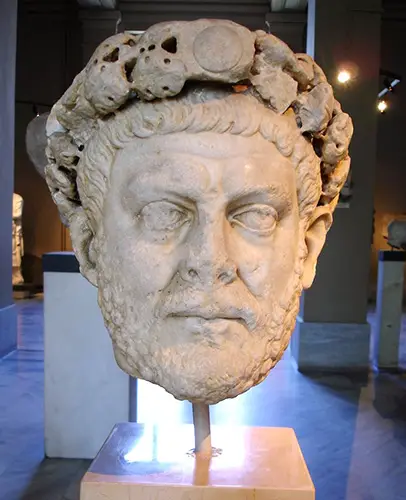

Little Schisms
There was a lot of tension between the two halves of the Church even before the Great Schism occurred.
These “little schisms” occurred over the years before the Great Schism.
The Church had a number of bishops who were recognized at patriarchs.
Patriarchs held authority over other bishops.
There are five patriarchs:
- The Patriarch of Rome
- The Patriarch of Alexandria
- The Patriarch of Antioch
- The Patriarch of Constantinople
- The Patriarch of Jerusalem
The Patriarch of Rome
The Patriarch of Rome was viewed as being the “first among equals” but he did not have any authority over the other patriarchs.
One of the first little schisms occurred between the years 343 and 398 when the Church split over Arianism (the belief that Jesus was not equal to God and therefore not divine).
Arianism was accepted by many in the Eastern Church but not in the Western Church.
What Happened in 404
Another problem arose in 404 when the Byzantine Emperor, Arcadius, refused to accept John Chrysostom as the Patriarch of Constantinople.
Chrysostom was backed by the Roman Pope and since the eastern patriarchs agreed with the Byzantine Emperor and refused to accept Chrysostom as legitimate, the Pope broke off communication with the eastern part of the Church.
This schism was not repaired until 415 when the eastern patriarchs finally agreed that Chrysostom was a legitimate patriarch.
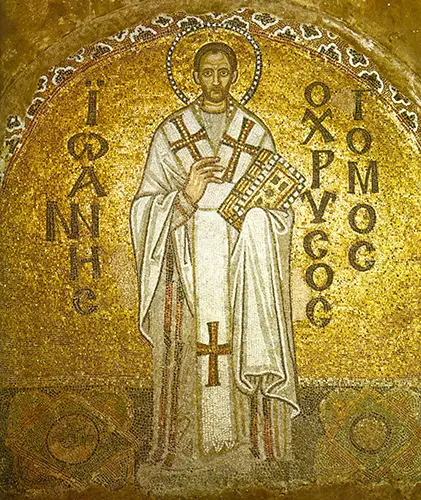
What happened in 482
A third “little schism” occurred in 482 when the Byzantine Emperor Zeno attempted to reconcile the differences between the way both halves of the Church viewed Jesus.
Some viewed Jesus as having two natures (human and divine) while others thought Jesus was only divine.
Zeno issued an edict called Henotikon but is was rejected by Pope Felix III.

The Patriarch of Constantinople, Acacius, had encouraged Zeno to issue the edict and as a result the Pope excommunicated the patriarch.
This schism was healed in 519 when a new Byzantine Emperor, Justin I, recognized the excommunication.
Even though the Church had technically come to an agreement, the eastern patriarchs’ beliefs were moving away from those of the western patriarchs.
The eastern patriarchs now believed in miaphysitism.
Miaphysitism is the belief that Jesus’s human side and divine side were one and indivisible as well as indistinguishable from one another.

The Great Schism
There are a number of reasons that led to the Great Schism beyond the little schisms that have been mentioned earlier.
One of the first problems was that the Roman Catholic Church inserted some extra words into the Nicene Creed.
The Nicene Creed is a Christian statement of faith which was agreed to at a meeting in Nicaea (called the First Council of Nicaea).
This statement had been revised a couple of times but in 431, at the Third Ecumenical Council in Ephesus (another meeting), the council explicitly stated that further additions would not be allowed.
The Roman Catholic Church added some extra words anyway.
The opening statement which read:
“We believe in the Holy Spirit, the Lord, the giver of life, who proceeds from the Father,”
Was changed by the Roman church so that the sentence read:
“We believe in the Holy Spirit, the Lord, the giver of life, who proceeds from the Father and the Son.”
The Roman Catholic Church had added the words
“and the Son.”
The Eastern Orthodox Church disagreed with this addition and called it non-canonical.
More disagreements
Another disagreement arose over the territory of the Balkans.
The problem was that both the Eastern Orthodox Church and the Roman Catholic Church felt that they had jurisdiction over the area.
Another dispute was over the Patriarch of Constantinople being named ecumenical patriarch.
The Roman Catholic Church disagreed with the Patriarch of Constantinople being named ecumenical patriarch because they viewed this to mean universal patriarch.
In a similar vein, there was also a dispute over how much power the Patriarch of Rome (the Pope) had over the other patriarchs.
The other patriarchs agreed that the Pope should have higher honor than the others, but they did not agree that this meant the Pope had any authority over the other patriarchs.
Another point of contention between the two halves of the Church were some of the practices during worship that were different between the two halves.
One practice related to the Eucharist (the rite where bread and wine are used to symbolize Christ’s body).
The Roman Catholic Church started using unleavened bread for the ritual, which the Eastern Orthodox Church disagreed with and the Eastern Orthodox Church began dipping the bread in the wine, which was condemned by the Roman Catholic Church.
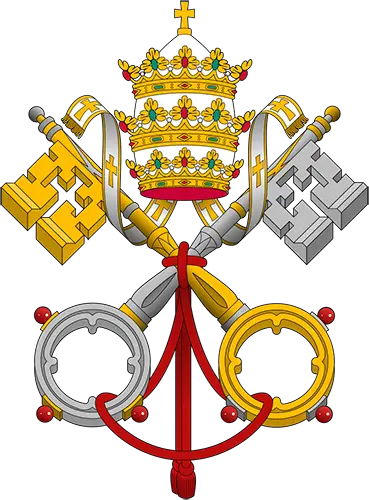

The Official Break
Some Roman Catholic churches in Constantinople began using Roman Catholic practices instead of following the Eastern Orthodox practices.
Ecumenical Patriarch Michael Cerularius demanded that these churches follow the eastern traditions.
The Roman Catholic churches had the approval of the Pope (Leo IX) in Rome and refused.
As a result, Cerularius shut the churches down. He then had a letter written attacking the practices of the West.
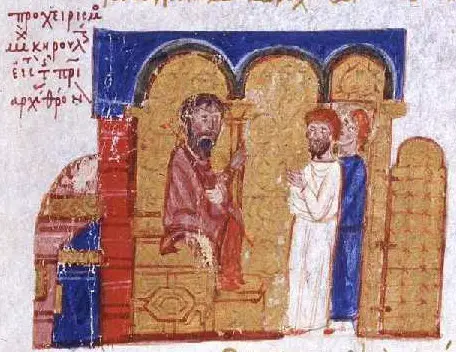
The Pope read the letter and ordered a return letter be written to address the points made by Cerularius and defend the supremacy of the Pope.
The Pope then sent the letter with a delegation to Constantinople.
The delegation arrived in April 1054.
The delegation did not like the way they were welcomed and walked out of the meeting with Cerularius after giving him the Pope’s letter.
Cerularius, angry over the delegations actions, became even angrier when he realized the letter’s seals had been opened and the delegates had published the letter for everyone to read.
As a result, the Patriarch ignored the delegates and refused to recognize their authority.
Leo IX died on April 19, 1054 and after the Patriarch Cerularius continued to refuse to meet with the delegates from the Pope, the delegates entered the Cathedral of Hagia Sophia (the main church of the Eastern Orthodox Church) during a church ceremony and placed a letter on the main altar.
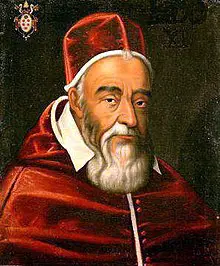
The letter contained the excommunication of the Patriarch of Constantinople, Michael Cerularius.
Cerularius burned the letter (called a Papal Bull) and then condemned the delegates.
The Great Schism was official.
The two sides still communicated with each after but during the Fourth Crusade, Christians, with the blessing of Rome, sacked Constantinople and the Hagia Sophia.
After this, the break between the two sides rarely communicated and attempts to reconcile failed.
Reconciliation
The two sides have still not reconciled but there is a definite thawing between the two sides in recent years.
The two sides have had more contact and there has been an attempt to reconcile some of the differences between the two churches..



